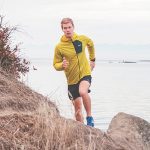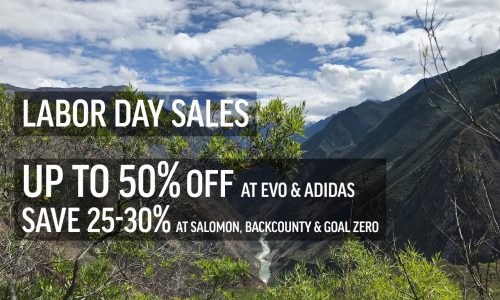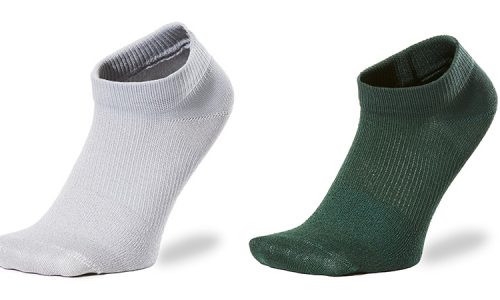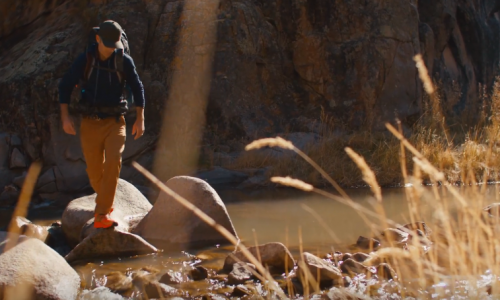Home » Gear Reviews » Running » Running Shoes » Road Running Shoes » Cushioned Running Shoes » New Balance Fresh Foam 1080v8
New Balance Fresh Foam 1080v8 Review
February 27, 2018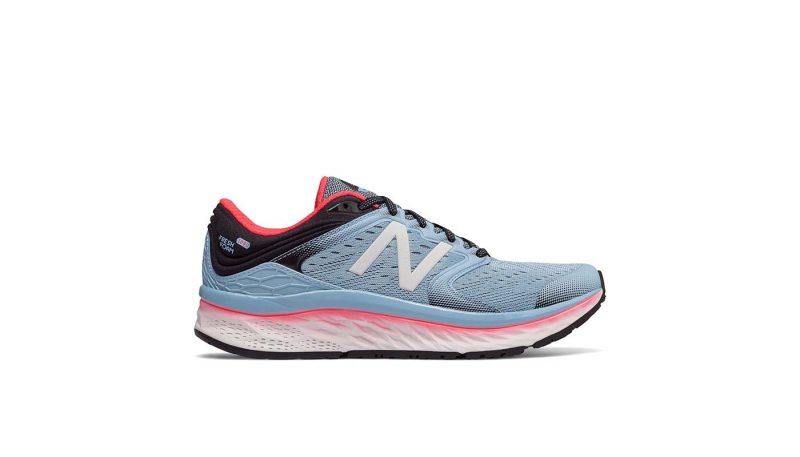 null
null

























 79
79 The Good
- Extremely durable
- Perfect fit
- Improved upper for better fit and breathability
- Supportive
The Bad
- Stiff, rigid feeling
- Inflexible midsole
- Not suited for fast running
- Narrow sweet spot
Comfort
The 1080v8 can best be characterized as sturdy, lasting reliable comfort with a firm underfoot feeling. While the 1080v8 may not be as welcoming as some of the uber soft counterparts, it’s wide platform, well-designed mesh upper and suburb fit will appeal to those who prefer structure, support and durability over pillow-like cushioning.
Even despite slight changes in the patterning of the midsole geometry aimed at softening the underfoot were made all of our testers agreed the New Balance 1080v8 feels much like its predecessor, stiff and sturdy verses soft and cushioned.
Once in the saddle, an Ortholite Premium insole adds a touch of cushioning to ease the contrasting firm midsole. A well-padded and comfortable tongue is attached via stitching to a bootie-style sock liner. This marriage of a thick tongue and well-designed liner allows for a tight sync down on the lacing without any discomfort from odd pressure points. Heavy use of padding is continued along the anatomically designed heel collar creating a soft and welcoming ring around your ankle bone.
While the majority of the upper was untouched from the 1080v7, a slight upgrade is scene with the removal of what was a rather heavy plastic overlay through the waist of the shoe which restricted airflow in the 1080v7. New Balance opted to remove the plastic overlay and replace with engineered mesh, resulting in better breathability.
Fit
A perfect form fit was definitely the highlight of the Fresh Foam 1080 with all of our testers noting the 1080v8 to be true to both width and length. The flexible and full volume upper covered a wide width range of feet. Testers with narrow feet mentioned while they did notice excess room in the upper it could easily be remedy by syncing down a bit more on the laces without sacrificing security of fit. Even our testers with wider feet felt the 1080v8’s upper and toe box offered up plenty of room without feeling constricted.
The toe box is rounded upfront with an aggressive extension of the outsole and slight toe bumper making it accommodating to a wide range of toe shapes.
A firm TPU enforced heel cup offered up excellent guidance of the back end for those who heel strike without getting in the way or feeling like too much. The ankle collar is anatomically angled and well padded to avoid rubbing against the upper ankle bones.
Responsiveness
There was anonymous consensus across all our testers that the 1080v8 lacked the ability to respond when needed. Phrases such as “energy return quite low,” “not a ton of energy return,” and “delivered nothing back,” were used when to describe responsiveness.
The Fresh Foam midsole on the 1080v8 just doesn’t deliver the same level of responsiveness as 2017 Best In Class Lightweight Fresh Foam Zantev3. Between the thick and inflexible midsole all downward forces seemed to stop on the ground with very little return back. Getting the shoe to flex as the foot moves over the ground takes a lot of force. This gives the 1080v8 a very different ride depending on the runner’s weight. Lighter runners who can’t compress and get good flex as they toe off will tend to find the 1080v8 slappy and non-responsive while heavier runners that can place larger forces on the shoe will get a much smoother and responsive ride.
Speed
The 1080v8 is not a fast shoe by any means and is best reserved as an everyday trainer when speed is not a priority. With a beefy build, firm midsole and heavy weight the 1080v8 is perfectly suited as a long-haul everyday trainer when durability triumphs over quickness. One tester summed it up perfectly by saying “If you are in the market for something that has a little more heft to it that you can take your time in this may be the shoe for you.” The common theme among all our testers was how the bulky and clunky the shoe felt. Getting the shoe to efficiently move through your gait and quickly response to increases in speed was a chore.
Ride Quality
While the 1080v8 is classified as a cushioned trainer, it rides extremely firm and rigid, much like the 1080v7. Ever since New Balance introduced Fresh Foam as the midsole, the 1080v8 has struggled to live up to it’s lighter counterpart, the Zante model. Instead of making the shoe softer and more cushioned by adding a thicker midsole, the shoe feels stiffer, less flexible.
To help address this and give the 1080v8 a bit more cushioning and flex New Balance introduced a few very subtle changes in both the outsole and midsole aimed to smooth out the ride over its two predecessors. First, the outsole patterning was changed to give the shoe a bit more flex and help with decoupling as the shoe goes from heel to toe off. The second was an addition of a flex grove in the outsole placed laterally under the heel. This tiny design change allows the midsole to collapse and flex as the heel hit gets the ground giving a more cushioned and complete feel.
Each summer and winter when shoe companies release their latest models Gear Institute receives the top shoes and puts each through an extensive testing process. A team of five male and female testers put each shoe through the test of miles over terrain such as concrete, asphalt, grass, dirt and track. Each shoe is judged on five categories: Comfort, Fit, Responsiveness, Speed and Ride Quality and given a score of 1 to 10, with 10 being perfect.
Testing protocol for road running shoes involves an extensive hands-on process across multiple testers over a period of at least two months. Each tester is avid runner, running over 30 miles per week over varying terrain including but not limited to concrete, asphalt, grass, track and dirt. The testing team is structured with a team lead and several wear testers.
Cory is a Santa Barbara, CA based athlete, online running coach and freelance journalist specializing in running and climbing related content and gear review.












